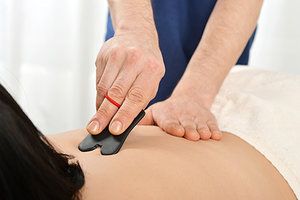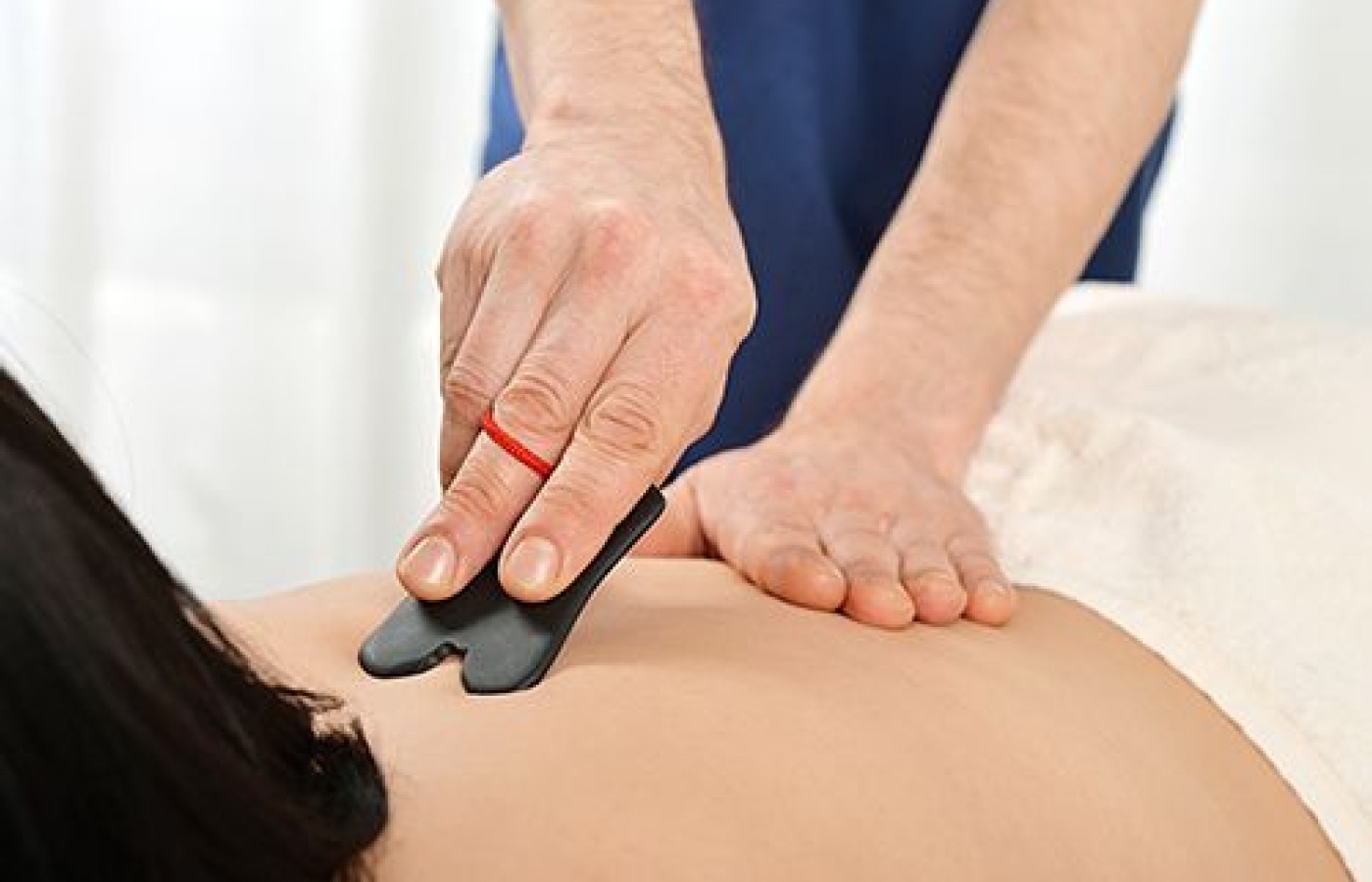Whether you accept it, avoid it or live somewhere in between, insurance coverage has become a defining issue for our profession. Patients increasingly expect to use their benefits, practitioners want to be compensated fairly for their time and expertise, and the system itself remains – at best – fragmented. The encouraging news is that coverage has expanded in meaningful ways. The challenging news is that reimbursement, across the board, remains inadequate.
Professional Gua Sha Tools—Made by a Dcotor of Acupuncture
Gua sha is an important, but often overlooked part of Chinese medicine. Someone who has put a lot of thought into the practical applications of gua sha is Mark Parzynski (Doctor of Acupuncture and Oriental Medicine).
"Gua sha comes from folk medicine, but as acupuncturists it is part of our medical practice and our techniques and tools should reflect that," Dr. Parzynski says. He is making gua sha more effective and appealing by hand crafting professional grade gua sha tools.
Working out of his shop in Port-land, Oregon he creates gua sha tools of his own design that are then sold online and at gua sha trainings.
The idea to create a new kind of gua sha tool came from seeing acupuncturists using a spoon for treatment, while other practitioners such as chiropractors and physical therapists were using high-quality stainless steel tools. There was a need for a professional tool that is appropriate to the level of medicine acupuncturists provide.
Dr. Parzynski gathered a variety of traditional gua sha tools made from stone, horn, and ceramic, as well as some of the modern stainless steel tools, and toyed with the design in his metal working shop until coming up with the optimal tool. It took a total of seven prototypes over the course of three years, with input from his own clinical practice, to perfect the gua sha tool.

Attention to detail is apparent with these gua sha tools. "The tool is designed to be ergonomic and not wear out the hands or thumbs. The tool has specific contours to hug the body, an edge for the back, for the shoulders etc." In addition to the classic scraping technique of gua sha, he is also a proponent of applying other therapeutic techniques with the tool such as pressing, pulling, and even gentle smoothing strokes on the face.
Copper was carefully chosen as the material for these gua sha tools. Copper has an affinity with the blood level, and is warming from a TCM perspective. Gua sha acts on the blood level and a copper tool will help augment that action.
The copper used is one of the highest grades and purities available, meaning that the energetic properties of the copper are not compromised. He says that other metals such as gold and silver have great therapeutic benefits but are not practical for the purposes of a gua sha tool, and stainless steel and other alloys feel "flat and lifeless."
The entire process of creating the tools is done by hand, including sha-ping, hammering, rounding off the edge and polishing. This is in contrast to many of the modern polycarbonate and metal tools that are designed by someone and then manufactured somewhere else.
Practitioners of Chinese medicine have a full scope of practice beyond just needles, but many of these techniques are underutilized. With the proper tool, gua sha can be a more clinically useful and medically relevant treatment modality.



